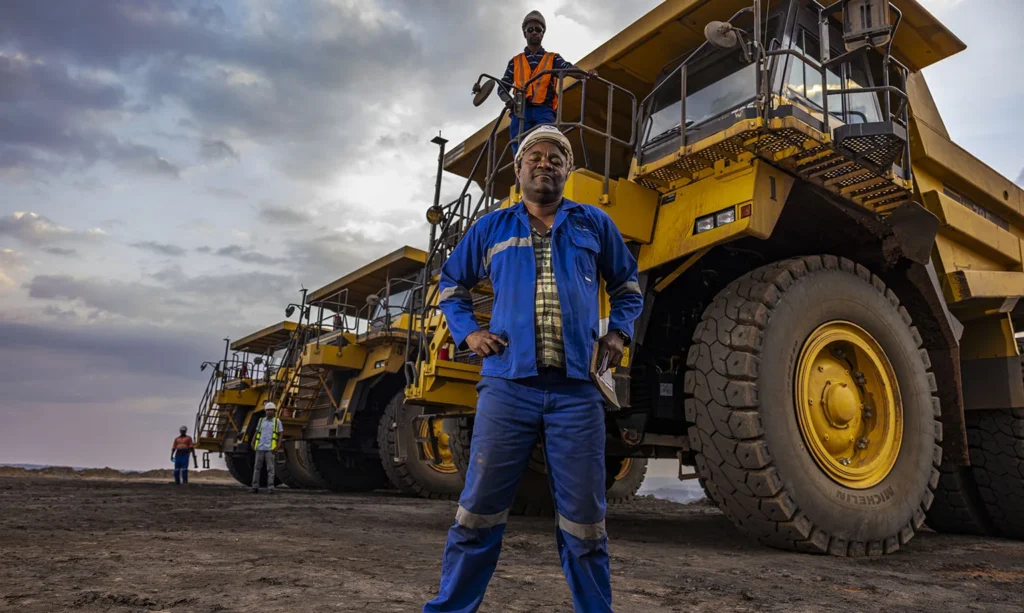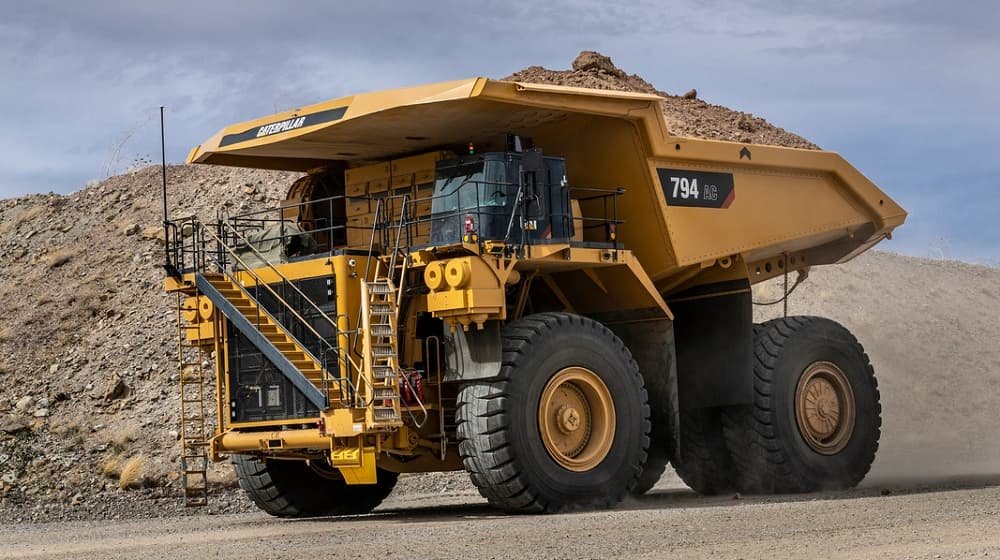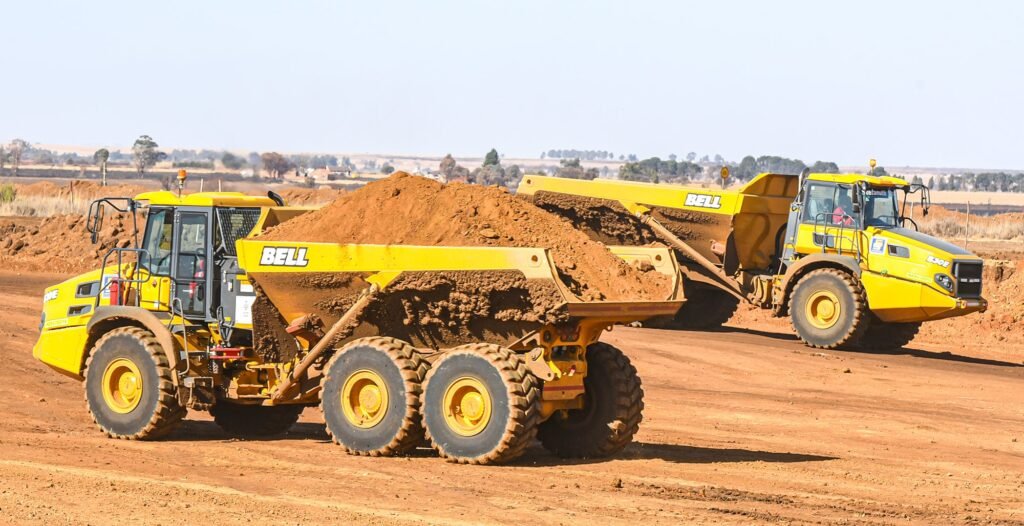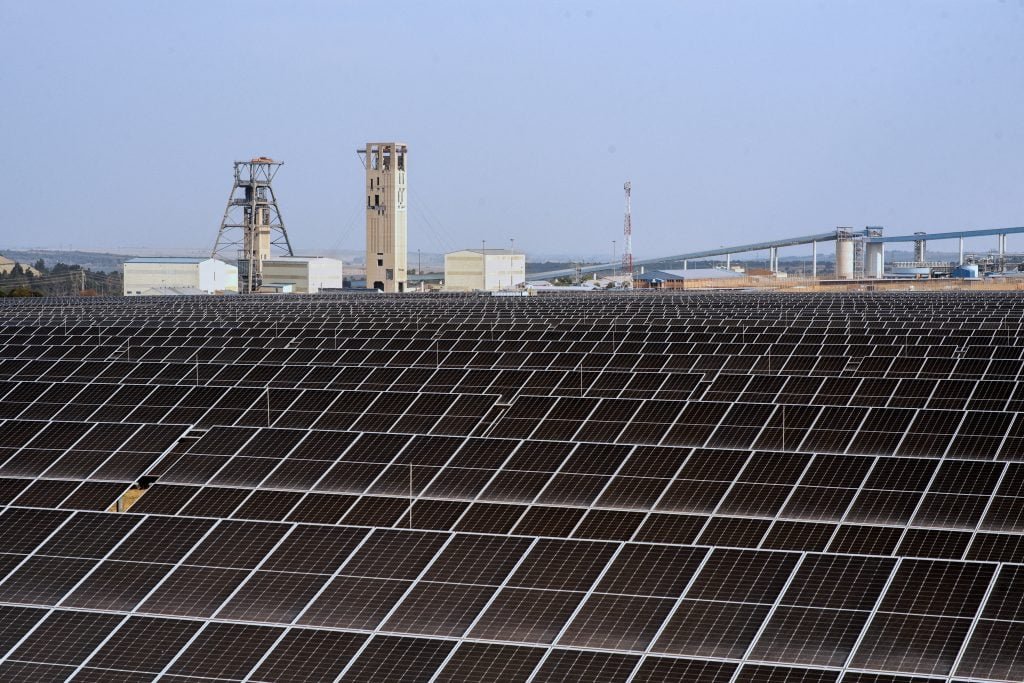Africa Mining Equipment

Africa mining equipment refers to the machinery, tools, and technology used in the extraction, processing, and transportation of minerals across the continent. From drills and haul trucks to crushers and processing plants, this equipment is essential for supporting the gold, lithium, cobalt, copper, and diamond sectors.
As Africa continues to expand its mining footprint, the demand for reliable, efficient, and sustainable mining equipment is on the rise.
1. Types of Mining Equipment Used in Africa
| Equipment | Use | Key Regions |
|---|---|---|
| Drilling Rigs | Exploration and resource sampling | Southern and West Africa |
| Haul Trucks | Transporting ore and waste material | Gold, coal, and open-pit operations |
| Excavators & Loaders | Surface mining and overburden removal | Open-pit gold, copper, and coal mines |
| Crushers & Mills | Ore processing and size reduction | Zimbabwe (lithium), DRC (copper-cobalt) |
| Underground Mining Equipment | Shaft development and deep-level extraction | South Africa, Zambia |
| Processing Plants | Refining and beneficiating minerals | Ghana (gold), Botswana (diamonds), Namibia (lithium) |
These machines are often sourced from global manufacturers or local suppliers with regional expertise.

2. Leading Mining Equipment Suppliers in Africa
| Supplier | Focus | Regions |
|---|---|---|
| Caterpillar | Drills, haul trucks, excavators | South Africa, DRC, Tanzania |
| Komatsu | Excavators, trucks, and drilling systems | Zimbabwe, Mali, Ghana |
| Sandvik | Drills, rock breakers, and crushing solutions | All major mining regions |
| Hitachi | Excavators, haulage, and automation | South Africa, Zambia, DRC |
| Local Distributors | Machinery sales and maintenance | Johannesburg, Cape Town, Kinshasa |
Many companies offer on-site support, training, and digital integration for African operations.
3. Use of Technology in Mining Equipment
Modern mining equipment in Africa includes:
- Autonomous haul trucks – Reducing labor costs and improving safety
- AI-powered monitoring systems – Enhancing efficiency and predictive maintenance
- Solar and hybrid power units – Supporting remote and energy-constrained areas
- Remote sensing and geophysical tools – For exploration and site mapping
This tech helps address challenges like power shortages and high operational costs.

4. Role of Mining Equipment in Economic Development
- Employment: Supports thousands of jobs in manufacturing, logistics, and maintenance
- Infrastructure Growth: Roads, railways, and power systems built around mining zones
- Investment Attraction: Reliable equipment supports FDI and project viability
- Productivity Gains: Modern equipment increases output and safety standards
Equipment providers also contribute to local content strategies, offering training and partnerships with African firms.

5. Challenges and Opportunities
Challenges:
- High costs of advanced equipment
- Limited access to spare parts in some regions
- Maintenance and technical support gaps
- Environmental concerns with older machinery
Opportunities:
- Growth in battery mineral projects driving demand for specialized equipment
- Adoption of green mining technologies like electric vehicles and solar-powered systems
- Expansion of local manufacturing and service centers
- Partnerships between African miners and international equipment providers

FAQs
Q1: What equipment is used in African mining?
A1: Includes drills, haul trucks, crushers, and processing plants for gold, lithium, and industrial minerals.
Q2: Are mining equipment suppliers active in Africa?
A2: Yes—global brands like Caterpillar, Komatsu, and Sandvik operate in key mining regions.
Q3: Can mining equipment be sourced locally in Africa?
A3: Some firms offer localized services, while others rely on international suppliers and imported machinery.
Conclusion
Africa mining equipment is critical for efficiency, safety, and economic growth. As the continent expands its mineral production, the role of advanced and sustainable mining technology will become even more important in shaping the future of the sector.

